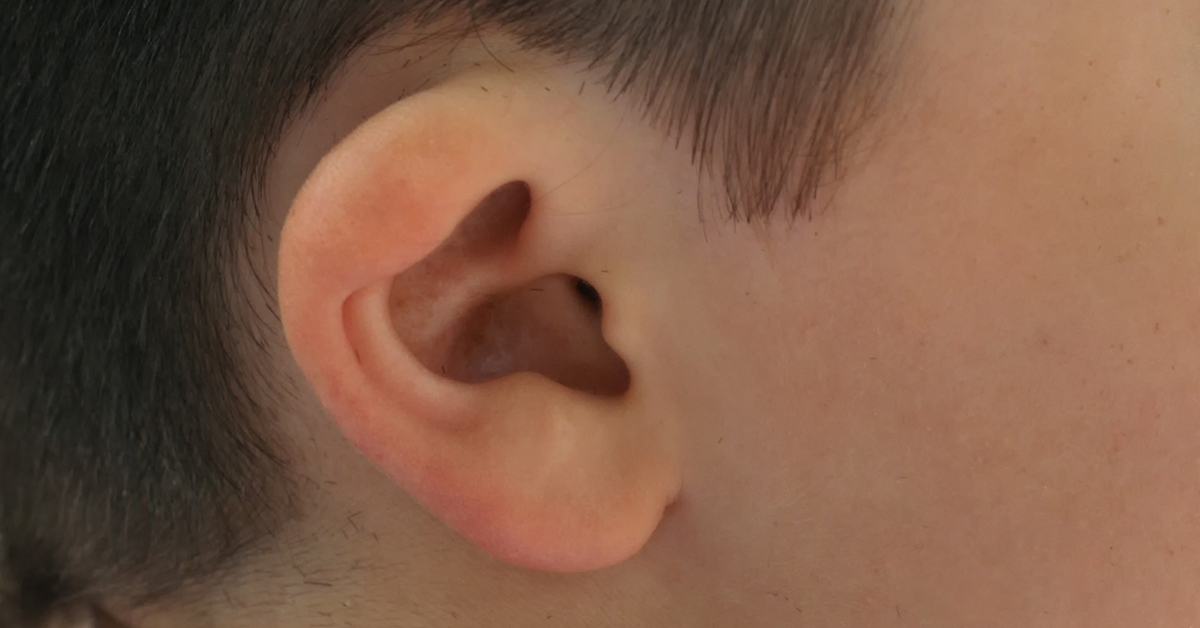
Congenital Ear Deformities - Lop Ears, Pits, & Microtia
Congenital ear deformities are birth defects that can affect the position and shape of the ear. Congenital ear deformities usually involve the soft cartilage of the ear. They can not only affect the appearance of the ear, but the ability to hear as well.
Types of Congenital Ear Deformities
There are multiple types of congenital ear deformities, depending on how they affect the ear. The most common types include:
- Lop or Cupped Ears - This type of ear deformity is characterized by the rim of the ear being tight or constricted. The condition can be mild and cause little to no hearing issues, or it can be severe where the ears are rolled into a tube shape, which can affect hearing ability.
- Microtia - Literally means, "small ear." Most children affected by microtia have a properly developed inner ear, but the outer ear is lacking all of part of the structures that give the ear its shape. Microtia is known to occur on one or both ears. In some cases, the lack of external structures to help funnel sound into the ear can cause children to have hearing loss and difficulty determining which direction a sound is coming from. In the most severe cases, the external ear canal may not have developed at all and the child will not be able to hear with the affected ear.
- Preauricular Pits - This congenital ear deformity results in a small hole in front of the ear, usually occurring due to problems during the sixth week of gestation when the ear is being formed. The small hole is the opening of a sinus passage that usually makes its way underneath the skin of the ear. The pit sinus passage can be small or it can be larger with multiple branches and zigzags. Usually, preauricular pits are benign and are not something to be worried about.
Diagnosis and Treatment of Congenital Ear Deformities
Congenital ear deformities are typically diagnosed through a physical exam. Additionally, there are various hearing tests available, even for evaluating the hearing abilities of infants and small children, to determine if they will require a hearing aid.
Surgery is a common treatment method for congenital ear deformities and will vary based on the specific type of deformity. For lop or cupped ears, the surgery will vary based on how severe it is. It may involve minor alterations to the cartilage in mild cases. In severe cases, surgery for lop or cupped ears can involve removal or even grafting of cartilage to rebuild or reposition the entire ear.
For microtia, surgery can be performed around age four and later. The surgery can involve one or multiple stages. Further treatments or surgical procedures may be needed to address hearing loss.



